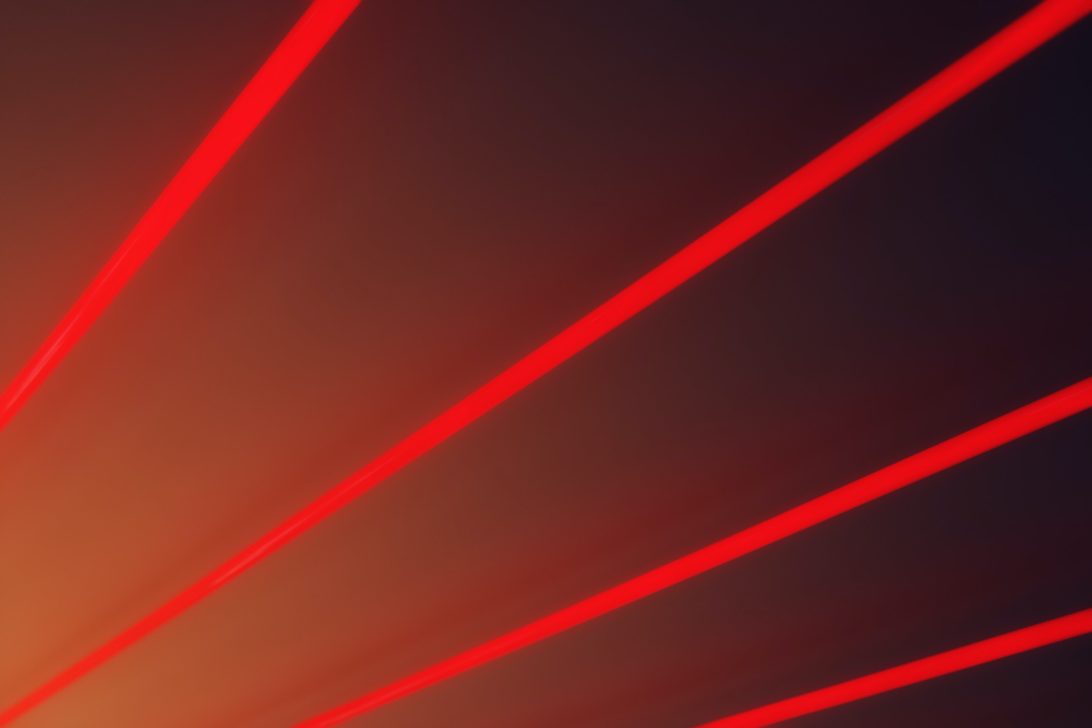
We are leaders in the development of robotic technologies and 3D laser systems for different applications in the construction industry:
– Development of robotic systems for additive manufacturing of building elements and 3D printing directly on facades.
We design and build horizontal 3D printing systems (for printing prefabricated elements) and vertical 3D printing systems (for printing directly on facades).
These revolutionary solutions enable more efficient, faster and sustainable construction.
– Development of construction support systems through 3D data processing.
We use laser measurement and artificial vision to facilitate the construction process through precise geometric control of 3D surfaces.
Ensuring a high quality construction and avoiding errors or deviations.
– Development of mobile and modular robotics solutions for the inspection of linear infrastructures.
We develop intelligent and versatile robots that can move autonomously through tunnels, roads and other types of linear infrastructures.
Performing exhaustive inspections to detect possible failures or problems, on which to take preventive actions and ensure the safety and good condition of the structures.
– Development of solutions for active and semi-active vibration control in structures.
Minimizing unwanted vibrations in pedestrian walkways and buildings through active and semi-active control techniques to counteract and reduce vibrations, improving the comfort and safety of people using these structures.
The application of robotic technologies and 3D laser systems in construction offers numerous benefits.
For example, it improves consumption efficiency by reducing material wastage and waste on the construction site.
It saves time and increases worker safety by enabling semi-autonomous and remote operations.
3D printing in construction also makes it possible to accurately reproduce elements with complex geometric shapes previously designed by computer.
3D data-based construction support systems provide guidance and support to workers in tasks that require precise geometric control.
These systems are useful for complying with dimensions, dimensions or gauges and tolerances, verifying thicknesses of applied or projected materials and detecting deviations from design drawings.
In short, the development and implementation of robotic technologies and 3D laser systems for the construction industry.
Focused on optimizing processes to improve efficiency and safety, and ensure high quality results.